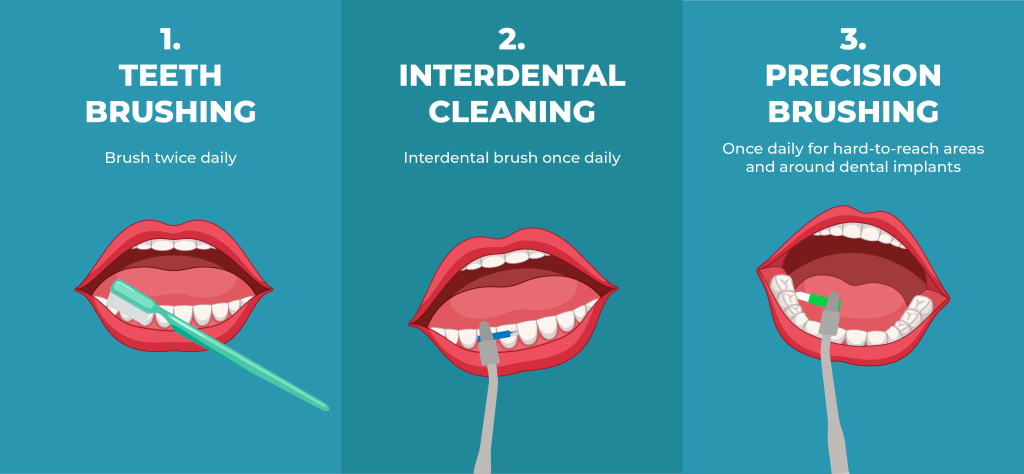LET’S UNDERSTAND INTERDENTAL BRUSHING
Disclaimer: The information provided on this page has been derived from various sources including but not limited to current professional guidelines, studies and clinical experience.
This information may differ to information provided elsewhere and does not replace individual advice and guidance provided by your dental professional.
WHAT ARE THE CURRENT RECOMMENDATIONS ON INTERDENTAL BRUSHING?
The interdental brushes should be used once daily. Effective cleaning between the teeth i.e. in the interdental space, can only be achieved with interdental brushes. If interdental brushes are not used, approximately half the mouth has not been cleaned and there is a risk of gum disease and dental caries occurring. Interdental brushes should be regarded as the other half of your toothbrush.
“TOSS THE FLOSS”
Floss is not effective at plaque removal in interdental spaces where an interdental brush will fit. Floss may be used where the smallest interdental brush does not fit.
There is no robust evidence to support the use of water irrigators for complete plaque removal in the interdental space.
Wooden and rubber picks remove food but do not sufficiently remove plaque from the interdental space.
HOW SHOULD THE TEETH KEEPER INTERDENTAL BRUSHES FEEL WHEN USED?
Interdental brushes should be tight fitting to effectively clean plaque from the teeth and implant surfaces. If the brushes are not tight fitting, there is not enough pressure and reach of the bristles to effectively clean the sticky biofilm and plaque off the teeth surface. If the brush is even one size smaller than what can fit, plaque may be left in the interdental space.
“TIGHT IS RIGHT”
Correctly fitted interdental brushes can clean up to 2mm under the gum level (Waerhaug, 1976). They do this by gently compressing the gum between the teeth as they slide through the interdental space. This compression is temporary and does not damage the gums. The gums are the equivalent of the skin; the gums bounce back the same way skin does when it is compressed for a few seconds.
To allow a tight-fitting brush to easily slide through the space, a wiggling motion whilst gently pushing the brush is advised.
Pushing or forcing a tight fit brush through the space is likely to cause the wire to bend and the brush to become ineffective and unusable.
“How do I know if the brush is tight enough?”
A brush is of the correct size when the wire will comfortably fit between the teeth but if the brush is pushed or forced into the interdental space (instead of being wiggled) it is likely to bend.
When the interdental brush is too small for the space, it will slide through by simply pushing the brushing.
A brush that is too large simply cannot be inserted between the teeth.
“How do I fit an interdental brush when my gums are swollen?”
To access the interdental space when the gum is swollen, the brush should be inserted from one side of the swollen area and with a gentle wiggling motion the brush will glide through the interdental space.
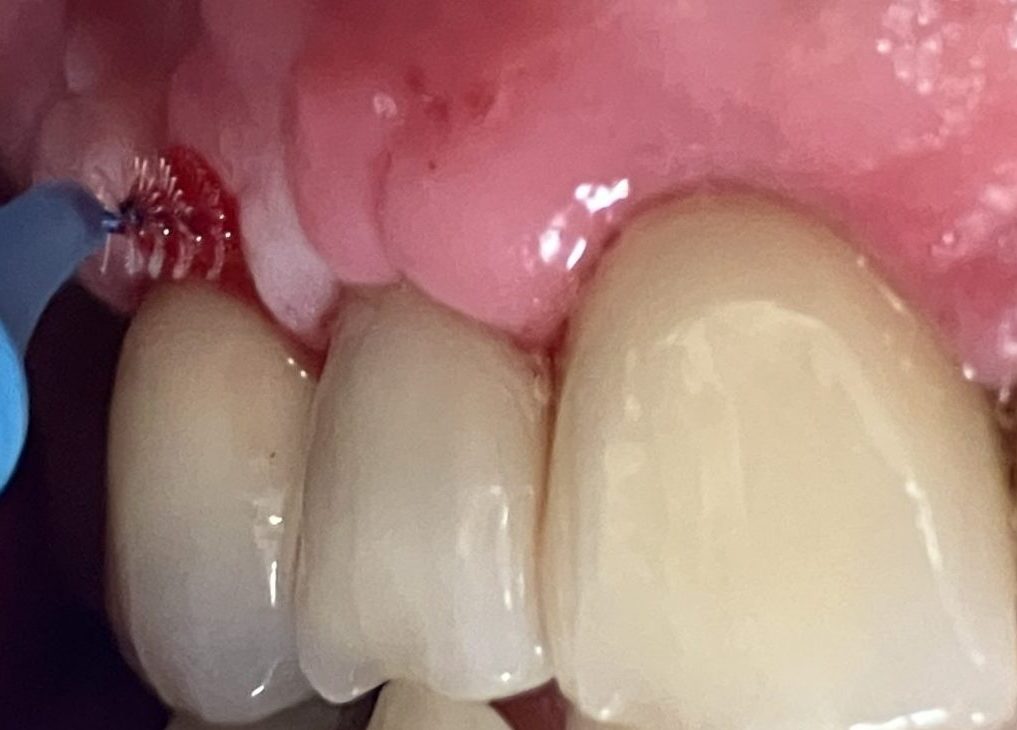
HOW DO I KNOW WHAT SIZES OF BRUSHES TO USE?
We recommend seeing your dentist or hygienist to advise the appropriate sizes of brushes for you to use. They can show you how to correctly use interdental brushes and complete a customised brush chart that will guide you on the correct size of brush required for each interdental space.
“VARIETY OF THE SPICE OF TEETH LIFE”
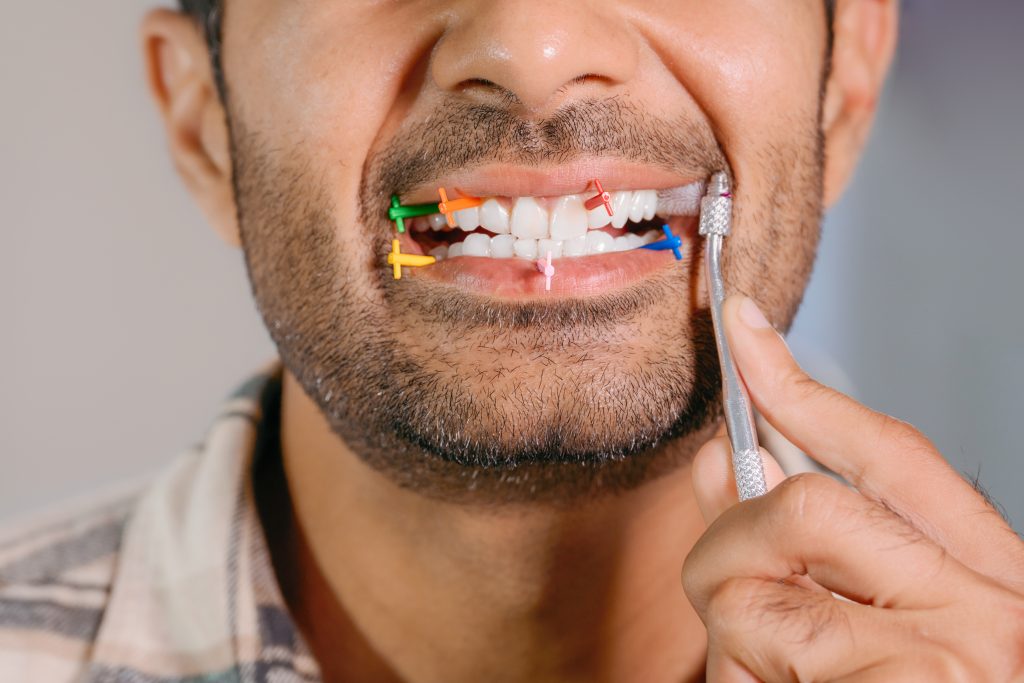
There will be significant variation from one person to the next on the number of sizes of brushes required. An average of 4-5 sizes per person is to be expected. In some cases, fewer or more brush sizes may be required.
In some areas of the mouth, 2 interdental brush sizes may be required. The smaller brush will go easily through the interdental space, but the next size brush will not go through the entire interdental space. In this case use the smaller size first then go as far as possible with the larger brush without forcing it through the entire space.
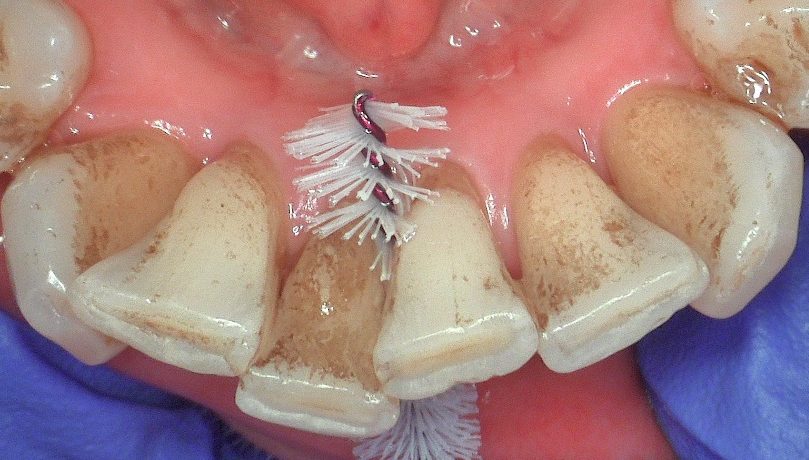
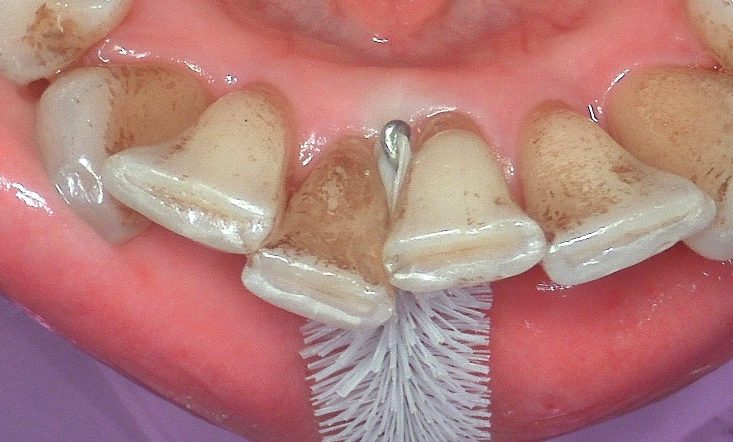
The Teeth Keeper offers a range of brush sizes to cater from the narrowest to the widest of interdental spaces. Our brushes are sized in accordance with ISO standards and range from ISO 0 – ISO 8.
WHO SHOULD USE THE TEETH KEEPER INTERDENTAL BRUSHES?
“ANYONE WHO WANTS A HEALTHY MOUTH AND BEAUTIFUL SMILE”
Interdental brushes should be used by all adults whether they have oral disease or not. Instilling good habits from an early age helps to prevent disease and promote oral health.
Oral disease can affect anyone, even those without risk factors such as smoking. Ensuring a high level of oral hygiene daily will drastically reduce the risk of onset of periodontal disease and prevent dental decay.
“INTERDENTALLY CLEAN ONLY THE TEETH YOU WANT TO KEEP”
The daily use of interdental brushes is critical in those who have diagnosed with periodontal disease.
Interdental brushes are the most effective method of cleaning plaque in between teeth and daily plaque removal is paramount to management of periodontal disease.
WHAT CAN I EXPECT DURING AND AFTER USE OF THE TEETH KEEPER INTERDENTAL BRUSHES?
With correctly sized interdental brushes, some bleeding may be noticed with the first few uses. In some cases, the bleeding could appear to be profuse especially if you have gum disease or are on blood thinners, but this is nothing to worry about.
There may be some discomfort initially when using correctly fitted interdental brushes.
Bleeding and discomfort occur because the gum between the teeth (which is not visible) is inflamed and as the brush compresses the gums in this area, bleeding and discomfort are noticeable. It is like touching a body part that is bruised and swollen after an injury.
With regular use the bleeding and discomfort will decrease and should eventually stop. If it carries on then seek advice from a dental professional.
Think of interdental cleaning like a gum massage which is akin to massaging an injured body part. It is unpleasant to start with but as the days go by, things better and more comfortable and the bleeding should stop.
“HEALTHY GUMS DON’T BLEED, AT ALL”
As the inflammation resolves, there may be some shrinkage of the gums especially if there has been bone loss due to periodontal disease. The greater the extent of the bone loss, the more noticeable is the shrinkage of the interdental gum area. Dark spaces called black triangles may become noticeable between the teeth. This is a sign of improvement of the inflammation and the damage from periodontal disease becoming apparent. It is not possible to avoid this if periodontal health is to be restored.
There may also be increased food packing between the teeth after meals, which happens due to gum shrinkage. Again, this is something that cannot be avoided as it is part of the resolution process.
In some cases the teeth may become sensitive to hot, cold and/or sweet food and drinks due to the gum recession.
With shrinkage of the gum tissues, larger interdental brushes will be required to ensure they continue to remain tight fitting. A discrepancy of even 1 brush size can mean the brush is ineffective and result in the accumulation of biofilm and the start of inflammation. We recommend having the brush sizes reviewed by a dental professional on a regular basis.
HOW MANY TIMES CAN I USE EACH INTERDENTAL BRUSH?
The interdental brushes can be used multiple times so long as the wire and bristles remain in good shape. The number of uses per brush will vary on many factors such as the brush size, number of spaces the brush is used in and the brushing technique. We recommend changing interdental brushes at least once a week for hygiene reasons.
Using excessively worn-out brushes makes interdental cleaning ineffective and increases the risk of loose brush bristles and wire breakage.
Lightly worn interdental brushes that can be used a few times.
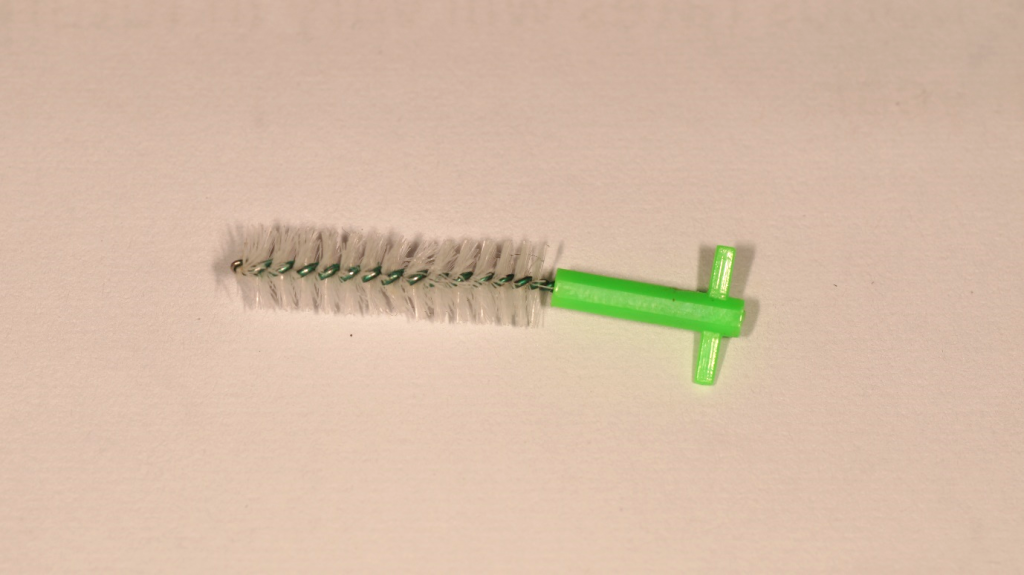
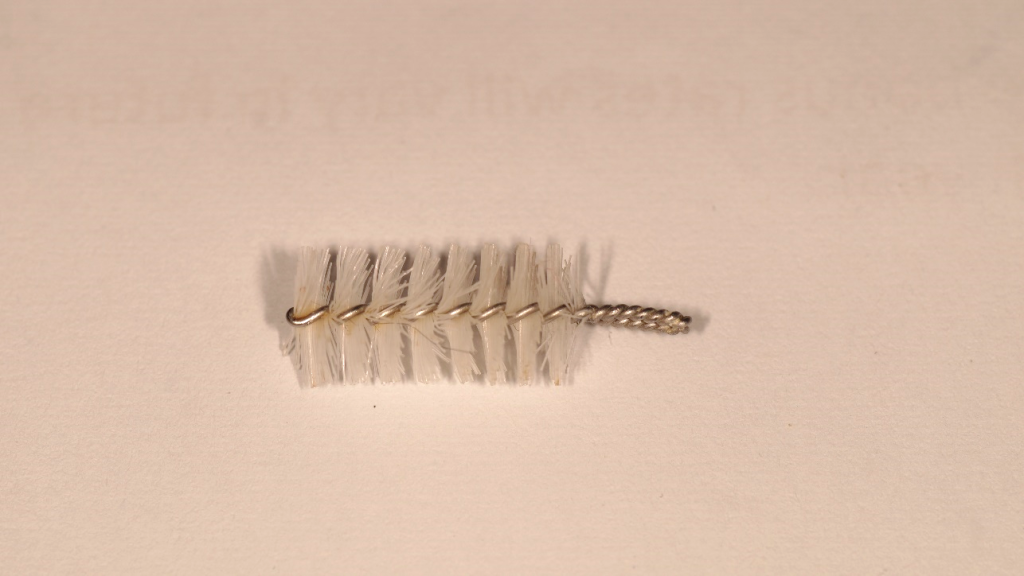

Moderately worn interdental brush that will require replacement soon.
Heavily worn, bent and ineffective interdental brush.
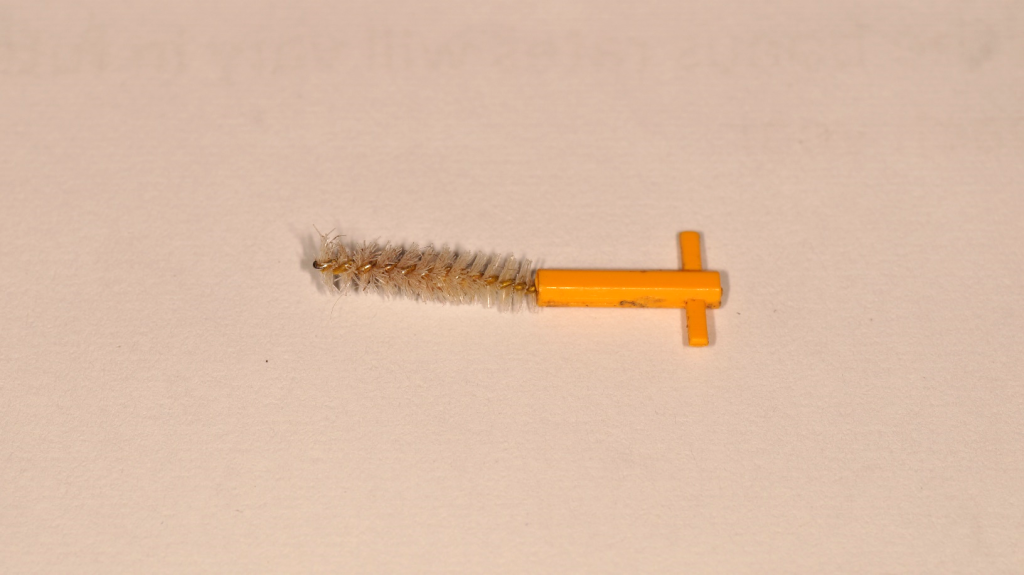
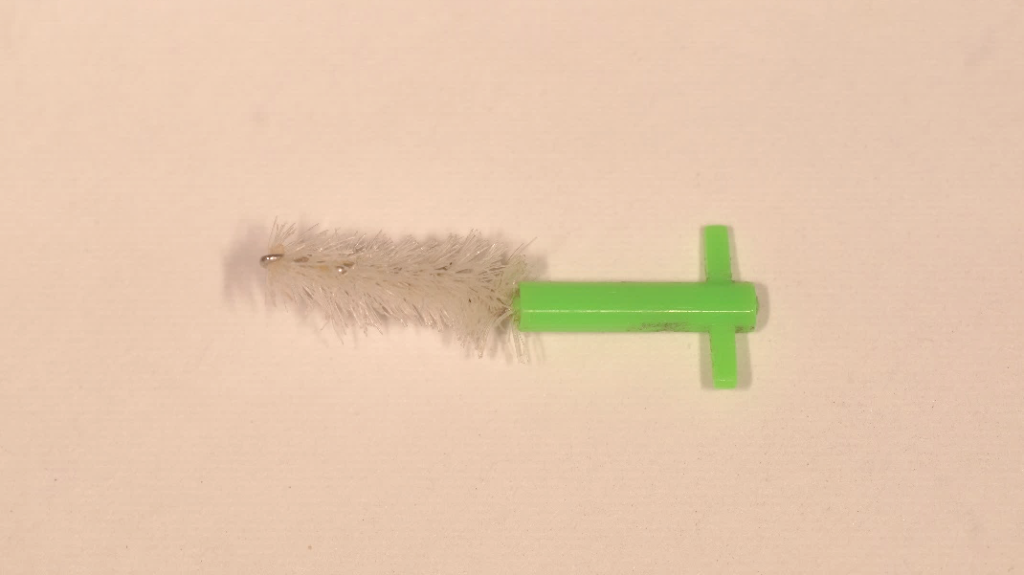
HOW DO I CARE FOR THE TEETH KEEPER INTERDENTAL BRUSHES?
The interdental brush should be rinsed thoroughly with water after each use and stored safely between uses.
If the interdental brush wire bends during use, gently straighten it prior to use.
In rare instances, the brush bristles may get caught between the teeth, mainly with the larger brush sizes. Use floss to dislodge and remove the bristle form between the teeth.
In the unlikely event of the brush breaking off and getting stuck between the teeth, firmly grab the wire with fingers or tweezers and with a wiggling and gentle pulling motion remove the brush.
The interdental brushes should not be shared with others to avoid cross-contamination.
WILL THE TEETH KEEPER INTERDENTAL BRUSHES CAUSE ANY DAMAGE?
To our knowledge there is no documented evidence to suggest that use of any interdental brushes causes damage to the teeth. To minimise the risk of any abrasive damage to the teeth with tight fitting brushes, it is imperative that the brushes are used with a one in one out technique and not repeated strokes.
Tight fitting brushes will not cause teeth to move or loosen. Loose teeth can be secured with a finger when using interdental brushes around them. Alternatively, the dentist may be able to splint the teeth to reduce the mobility of the tooth/teeth.
The Teeth Keeper interdental brushes are perfectly safe to use around fillings, crowns and bridges and dental implants. They are the only way to keep restorations and the supporting teeth and dental implants healthy and long lasting.
In very rare instances, poorly fitting restorations may be dislodged by use of the interdental brushes. The Teeth Keeper takes no liability in the management of restorations that are dislodged during use of The Interdental Brush.
